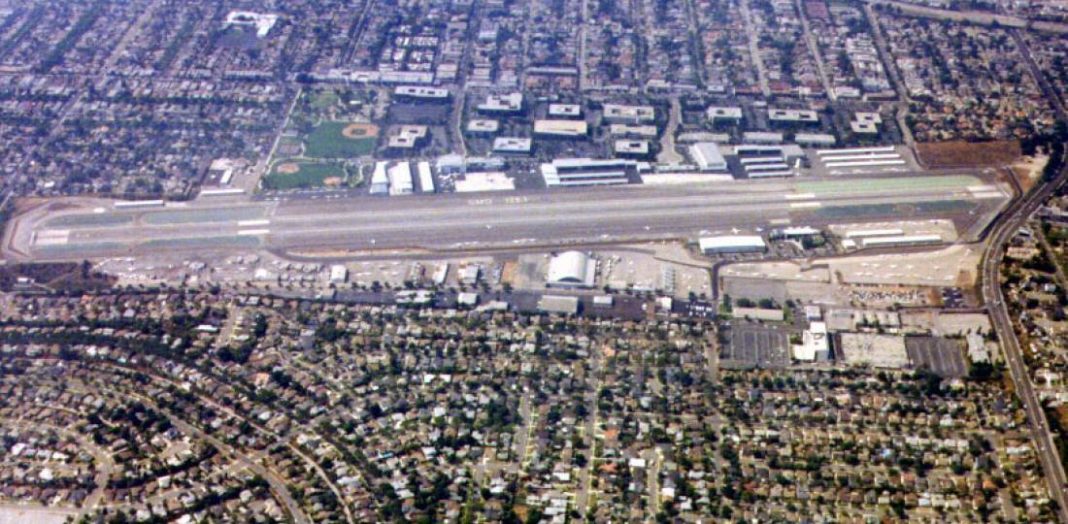SANTA MONICA—The city of Santa Monica has awarded Tufts University with a grant to conduct a series of air quality experiments at the Santa Monica Airport in the coming weeks.
The Santa Monica City Council introduced a proposal for an air quality study in November and has laid out the groundwork for the study. According to a press release from the city of Santa Monica, Tufts University was awarded with a grant for $54,342 to carry out three sets of experiments to determine just how the Santa Monica Airport (SMO) is affecting air quality for neighbors. Tufts was chosen through a competitive bid process, and the university’s team began mobilizing for the project on December 4.
The study comes amidst a change in the airport’s build. For the past three decades, the city has been working to deal with growing complaints of neighbors around the SMO, many of whom have spoken up about the severe noise and possibly detrimental health and safety impacts of the airport. On January 28, 2017, the council passed a possible solution to the problem, working with the Federal Aviation Association to create a consent decree for the airport. The decree specified that the airport’s runaway would be shortened from 5000 feet to 3500 feet, and that the SMO would be permanently closed by the end of 2028.
The construction has been separated into two phases: the first phase transpires from October 23 to December 13 and second phase from December 13 to December 23. The first phase consists of all work being completed between the hours of 9 p.m. and 7 a.m., and will allow air traffic to continue outside those hours. This phase is currently being carried out. During the second phase, the airport will be closed to all air traffic at night and day. The city stated that this would reduce business jet traffic by an “estimated 44 percent” and “reduce large jet noise and air pollution, improving the air quality for nearby residents.”
The study will be split into three parts. The first part will be an initial test of the air that is carried out before any work is done to the airport. This is to test the current quality of the air and how it has been for the past years the airport has been in use. The second test will begin once work has begun on the SMO. The Tufts team will test the air during the airport’s closure. This information can then be compared to the previous data to determine the difference in air quality between a fully-functioning airport with a good amount of air traffic and one with no traffic whatsoever. The third and final part will be similar, but will be done after the construction has finished and the airport is reopened.
City Manager Rick Cole spoke on the subject, saying that the study “is a rare opportunity to assess the air quality impacts of aviation uses before, during and after the runway shortening project.”
It is not the first time a study of such has been carried out; in 2010, the Santa Monica Airport closed temporarily and a similar experiment was conducted. This study was different that the new one being carried out. The new study will compare air quality before and after the airport’s runway has been shortened.






